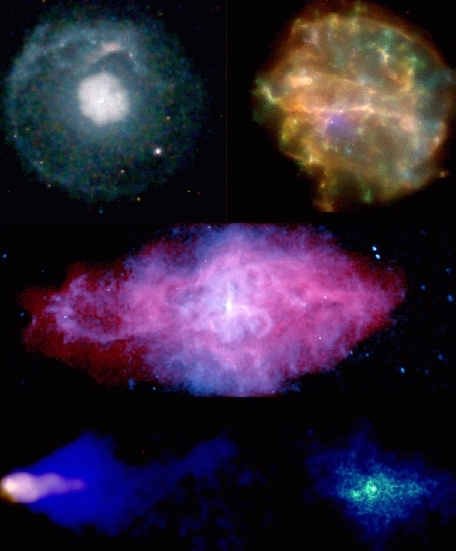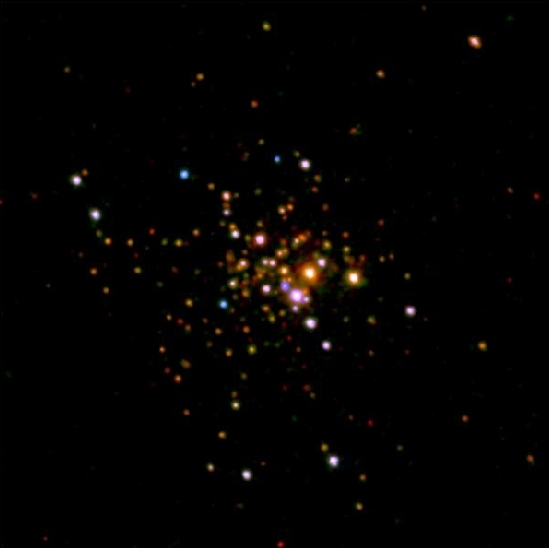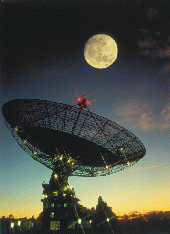 Fernando Camilo
Fernando Camilo
Columbia Astrophysics
Laboratory
Columbia University, New York
City
Pulsars are remarkable objects, which our group studies using a variety of radio, X-ray, and optical telescopes. Some examples of this work are shown below.

Young neutron stars

Approximately once per century a neutron star is born in our Galaxy. Young ones are therefore rare, and located near the Galactic plane where massive stars that undergo supernova explosions reside.
Evidence of these neutron stars can be provided by X-ray and radio study of their associated supernova remnants or by detection of the strong pulsar winds confined by the local environment.
Actual detection of the rotation period from the neutron stars (usually at radio wavelengths) can be exceedingly maddening owing to their faintness (a high tolerance for boredom comes in handy when searching for them), and only about a dozen such pulsars younger than 10000 years are known.
Can you spot 5 such neutron stars in this montage of Chandra X-ray and VLA radio images?
Even rarer than these ordinary young neutron stars are the magnetars. These are seen as bright X-ray sources, powered by the decay of stupendously strong magnetic fields.
Magnetars don't emit radio waves — except when they do. In that case, they can show rather surprising behavior.
Globular clusters

The astonishingly dense central environments of some globular clusters encourage the close interaction of stellar systems. One outcome is a large incidence of tight binaries, and in particular a variety of very old neutron stars.
This is the beautiful cluster 47 Tucanae, as observed with the Chandra X-ray observatory, in which we know of more than 20 millisecond pulsars.
Terzan 5 is another exceptional cluster, where more than 30 pulsars are now known, including one spinning 716 times every second. This is faster than most kitchen blenders — with a mass larger than our Sun's, and an equatorial speed about 15% that of light!
Surveys

In 1997-2002 we used the Parkes telescope to search along the Galactic plane for distant radio pulsars with a sensitivity nearly 10 times better than previous surveys. We did this at a wavelength of 20 cm (1400 MHz) using the fabulous 13-beam receiver, and a data-acquisition system that we developed at Jodrell Bank observatory and ATNF. We discovered nearly 750 pulsars, doubling the known population, including very unusual, young, and binary neutron stars.
In another such "undirected" survey we found an ultra-relativistic binary that turned out to be the only-known and extraordinary double pulsar.
We are now using a 7-beam receiver at the Arecibo telescope to do an even deeper census of the Galactic plane.
